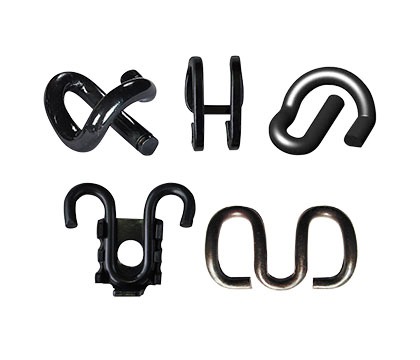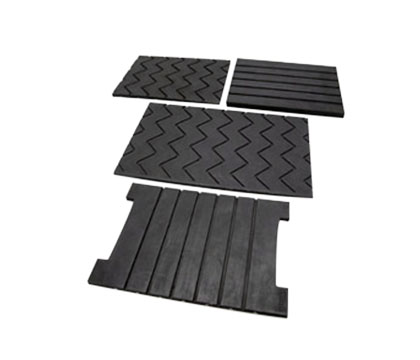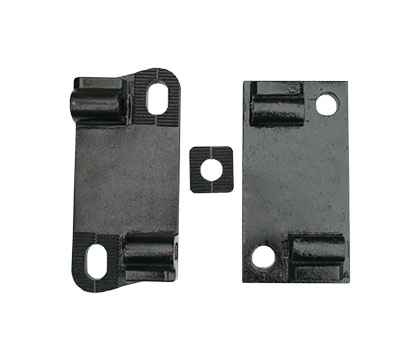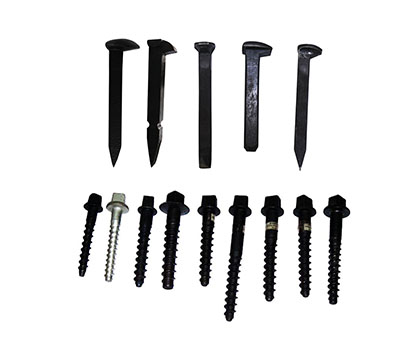There are types of railway track in the world, have you ever been concerned about the gauges between types of railway track in different countries? The standard distance between the two rails of the modern railway is 4 feet and 8.5 inches (1435mm). Why do people use this standard for types of railway track? Originally, the early types of railway tracks are designed by the people who have designed the tram car. The standard of 4 feet and 8.5 inches is just in accord with the distance of two wheels of the tram. But the standard is from the width of chariot wheels of the ancient Roman army. Why did the Romans adopt it? The reason is simple. It's the width of the butts of two horses pulling a chariot. More interestingly, there are two rocket boosters on both sides of the fuel tank on the space shuttle of the USA. They have to be transported to the right place by the heavy truck. The truck has to go through some tunnels on the road, but the width of the channels is only a little wider than the gauge of train track, so the width of the rocket engine is decided by the width of the railway track gauge. So, from rocket engine, train, tram, to carriage, we can get an interesting result: today in the world the designs of most advanced transportation systems are decided by the width of the butts of two horses two thousand ago. From the standard of railway track gauge, we can find that the initial choice for something often can decide its development in future. And the power of inertia will make this choice get self-reinforcing unceasingly and hard to be changed by people.
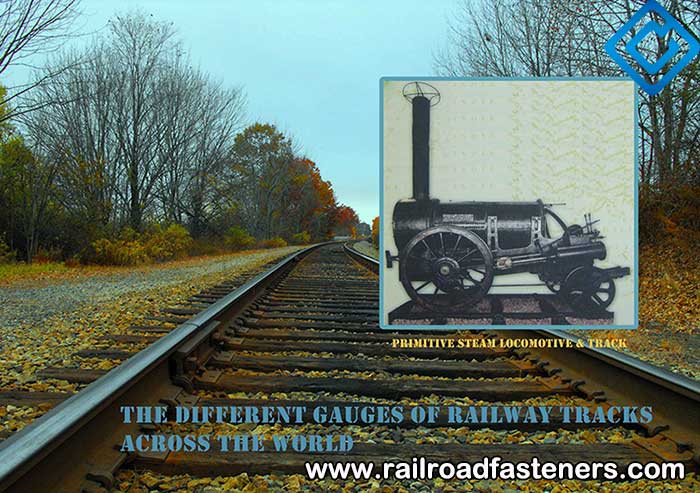
The types of railway track gauge are the minimum distance between the function sides of two steel rails with the 16mm range under the head of the steel rail. In China, it mainly adopts the standard gauge of 1435 mm, and the track gauge of the sections of the railways, for example, some sections belonging to Chengdu railway bureau, is a narrow gauge of 1000 mm. At the earlier period, the track gauge is multifarious. There includes 610mm, 762mm, 891mm, 1000 mm, 1067mm, 1372mm, 1435mm, 1520mm, 1880mm and even 2141mm. Nowadays, there are still thirty different types of railway track in the world.
In Asia, China has the longest railway miles, but 21 railway lines cannot be directly connected with the adjacent countries. Although the Eurasian land bridge is very famous for joining many countries such as Kazakhstan, Kyrgyzstan, Uzbekistan and Tajikistan, Russia, etc., together to reach Europe or Africa, we must admit that the Chinese goods in Xinjiang customs have to wait for a few days every time, because of the problem of the different gauges in different countries. People have to load the goods into the containers and then lift them from one train to another to continue to deliver to the west.
Comparably, Vietnam railways are very slim. They are not 1435mm standard of track gauge. They are just 1200mm, which are narrower than the standard. There is a popular saying that they are designed to avoid the invader’s trains to get into Vietnam in the war.
In order to solve the above problem, the international railway union has made the relevant provisions: 1435mm track gauge is taken as the international standard, more than 1520mm track gauge is called broad gauge, and less than 1067mm track gauge is called narrow gauge.
Why is the 1435mm track gauge as the standard gauge of the world railway? One reason is to commemorate Stephenson, the father of the world's railway. In 1825, he designed and manufactured the most primitive steam locomotive named Blucher, which was the first passenger train officially run in the world. As the metric system, the gauge is equal to 1435mm. In 1846, the British Parliament took it as the standard gauge. Without the permit, anyone was prohibited to use other standard gauges on new railway lines. At that period the UK was a superpower in the world, so the standard was introduced to the world. For example, the first railway line of China named Tangxu line was built by British men. The track gauge is 1435mm wide. Most of the railway lines have adopted 1435mm gauge across the world.
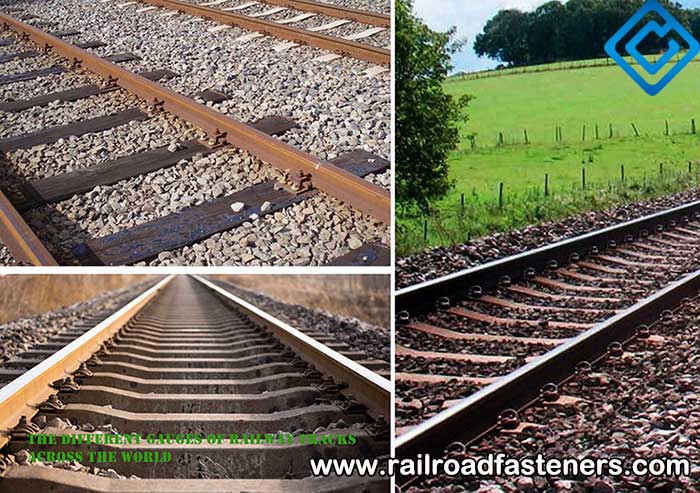
Next, we will introduce some knowledge about track gauge of main countries with types of railway track.
USA and Canada
The United States and Canada initially used different railway track types, and subsequently, Canada followed the British standard. The railway in the north of the United States was mostly standard tracks. In the south of the United States, the railways used a broad track. After the civil war, the southern railways were gradually changed into the standard gauge.
Europe
Most countries in Europe use standard tracks. In Ireland and Northern Ireland adopt 1600mm of broad gauge. In Spain and Portugal, the gauge is 5 feet and 5.5 inches. Spain's official standard is 1674mm and Portugal’s is 1665mm.
In the 19th century, Russia chose 1524mm of broad gauge. It is generally believed that Russia put into the military consideration in order to avoid that the enemy army uses its railway transportation system to invade. Russia and some adjacent countries belonged to the Soviet Union in the past, as well as Mongolia and Finland, use the Russian 1520mm gauge. It is 4mm narrower than 1524mm, and sometimes both trains can be interchangeable.
Argentina and Chile
The railway gauge in Argentina and Chile is 1676mm.
Australi
Australia originally adopted standard railway track type. For some reasons, in Victoria and southern Australia, they adopted 1600mm broad gauge later. In some other places, they also use 1067mm the narrow track. At the beginning of the construction of the Queensland railway, the 1067mm of narrow track was used, which is the largest narrow gauge system in the world.
Asia
In India, Pakistan, Bangladesh and Sri Lanka of South Asia, the types of railway track is mostly 1676mm. Now India plans to change all the narrow tracks into 1676mm broad track.
In Vietnam, Cambodia, Laos, Thailand, Myanmar, and Malaysia of Southeast Asian, the railway tracks are dominated by 1000mm gauge. The planned Asia-Pacific railway line between Singapore and China will adopt standard rail.
In Indonesia, they mainly adopt 1067mm gauge.
Africa
Most countries in South Africa and Angola, Botswana, Congo and Ghana use the 1067mm gauge.

